
Don’t Miss the Top 10 Destinations for Digital Nomads
Table of Contents
Key Factors That Make Destinations Great
Top Nomad Destinations
1. Chiang Mai, Thailand
2. Canggu, Bali, Indonesia
3. Lisbon, Portugal
4. Medellin, Colombia
5. Buenos Aires, Argentina
6. Madeira, Portugal
7. Cape Town, South Africa
8. Penang, Malaysia
9. Gran Canaria, Canary Islands, Spain
10. Berlin, Germany
Honorable Mentions
Hundreds of Hotspots
Key Factors that Make Destinations Great
• A thriving digital nomad community in the area means the place is affordable (and not priced for tourists) and you’ll be surrounded by like-minded people so you’ll feel right at home.
• A strong and stable internet connection is a must for you to work productively.
• Safety is always a must! No matter how beautiful the place is if the crime rates are high or flood-prone, there are better places to go to.
• In case you want to extend your stay, you should be able to renew your visa stress-free, that’s why visa accessibility must be factored in.
• Most importantly, the fun and play must be up your alley!
Top Nomad Destinations
These are the top favorite destinations of digital nomads with the factors mentioned above, and more.
1. Chiang Mai, Thailand
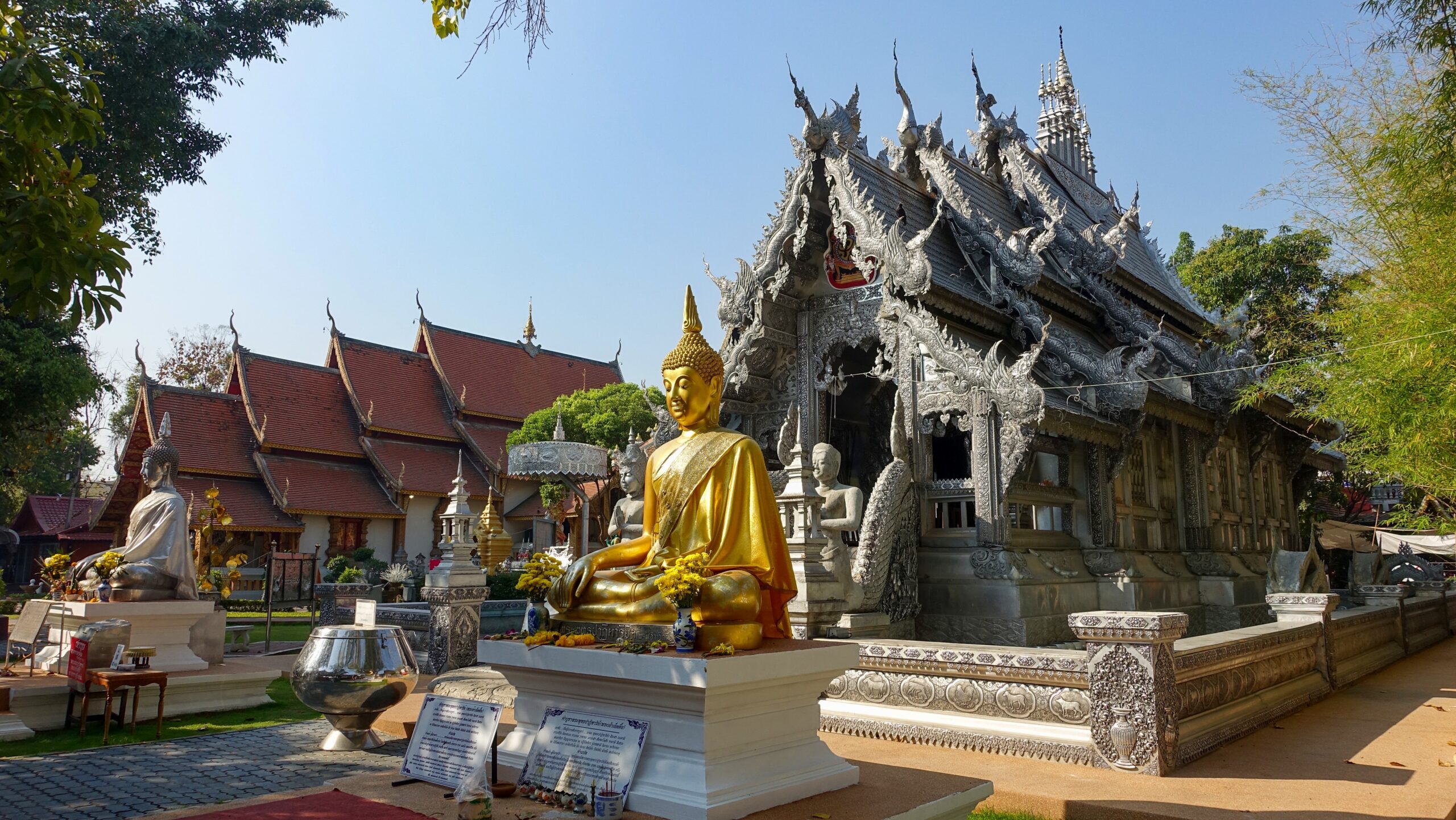
Why Chiang Mai: Chiang Mai has risen to be one of the very top digital nomad hotspots for a reason. With the cost of living starting at $1,000, it’s an excellent place for beginner digital nomads. The culture is magical, the food incredible and the temples are incredible. With the addition of its great value for money and stable internet, it has a huge digital nomad community so you’ll feel right at home.
Cost-of-living per month: starts at $1,000 per month
Crime Rate: 17.24 (Very low)
What’s in Chiang Mai: As a digital nomad hotspot, Chiang Mai has almost all the activities and spots for every hobby–nightlife, hiking mountains and waterfalls, walking national parks and temples, and exploring museum and mall hopping. You should also experience the Thai culture firsthand by trying out their local cuisines, riding in tuktuks, and watching (or even learning) muay thai.
2. Canggu, Bali, Indonesia
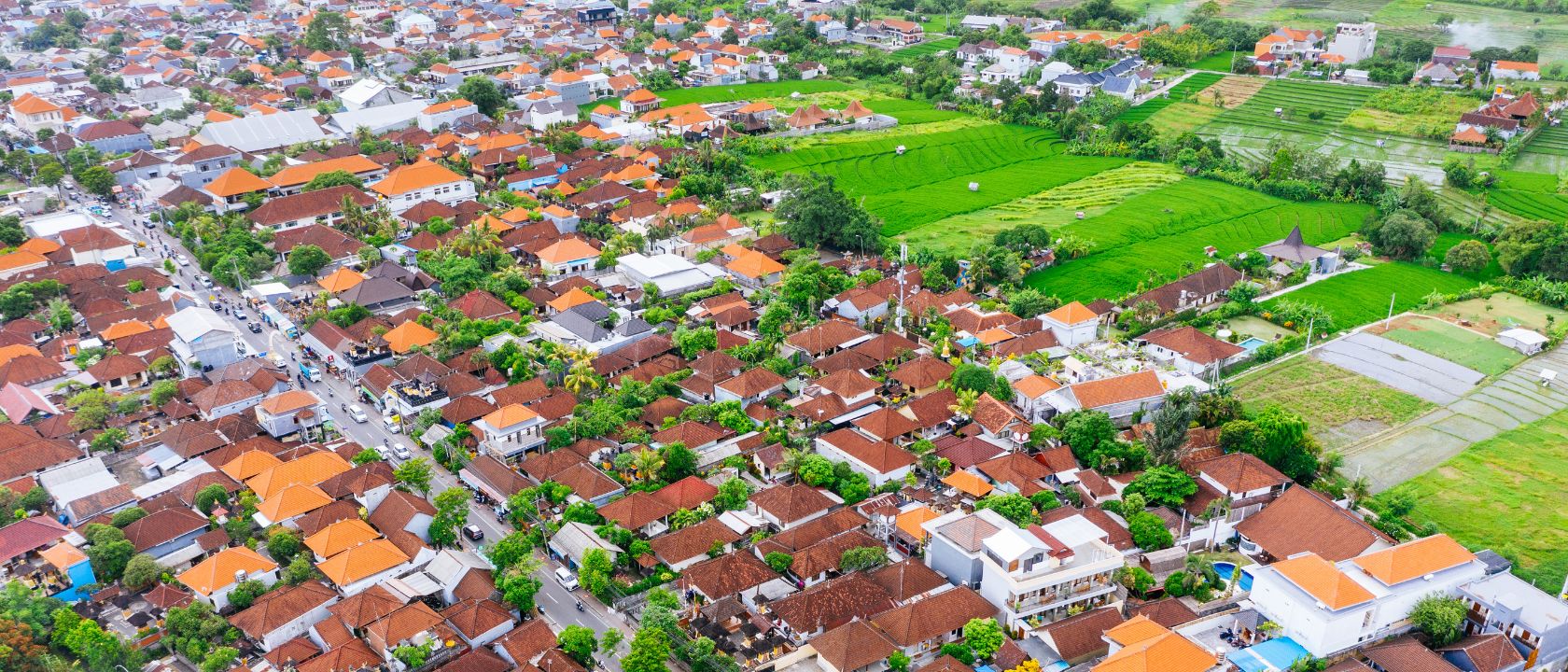
Why Chiang Mai: Chiang Mai has risen to be one of the very top digital nomad hotspots for a reason. With the cost of living starting at $1,000, it’s an excellent place for beginner digital nomads. The culture is magical, the food incredible and the temples are incredible. With the addition of its great value for money and stable internet, it has a huge digital nomad community so you’ll feel right at home.
Cost-of-living per month: starts at $1,000 per month
Crime Rate: 17.24 (Very low)
What’s in Chiang Mai: There is a wide range of things to do–water sports like surfing, scuba diving, dolphin watching, boat tours, and scenic hikes, and food hopping. They also have a thriving nightlife and if you’re into more relaxing activities, they also have yoga lessons, massages, and great sunsets.
3. Lisbon, Portugal

Why Lisbon: One of the world’s largest digital nomad hotspots for many reasons–its cheap cost of living compared to other countries in Europe, its warm weather, and its thriving co-working scene. Many nomads settle in Lisbon longer than they intend to because of its “home-y” feeling, that’s why you’ll find hundreds of long-term nomads in the area.
Cost-of-living per month: starts at $ 1,800 per month
Crime Rate: 25.56 (Low)
What’s in Lisbon: No matter what your hobbies and interests are, Lisbon has something for you–from night markets to cultural events, from restaurant hopping to museum crawls, and from historic sites and antique shops to luxury stores. Make sure to spend time listening to fado music while eating in a restaurant to maximize the full Portuguese experience.
4. Medellin, Colombia
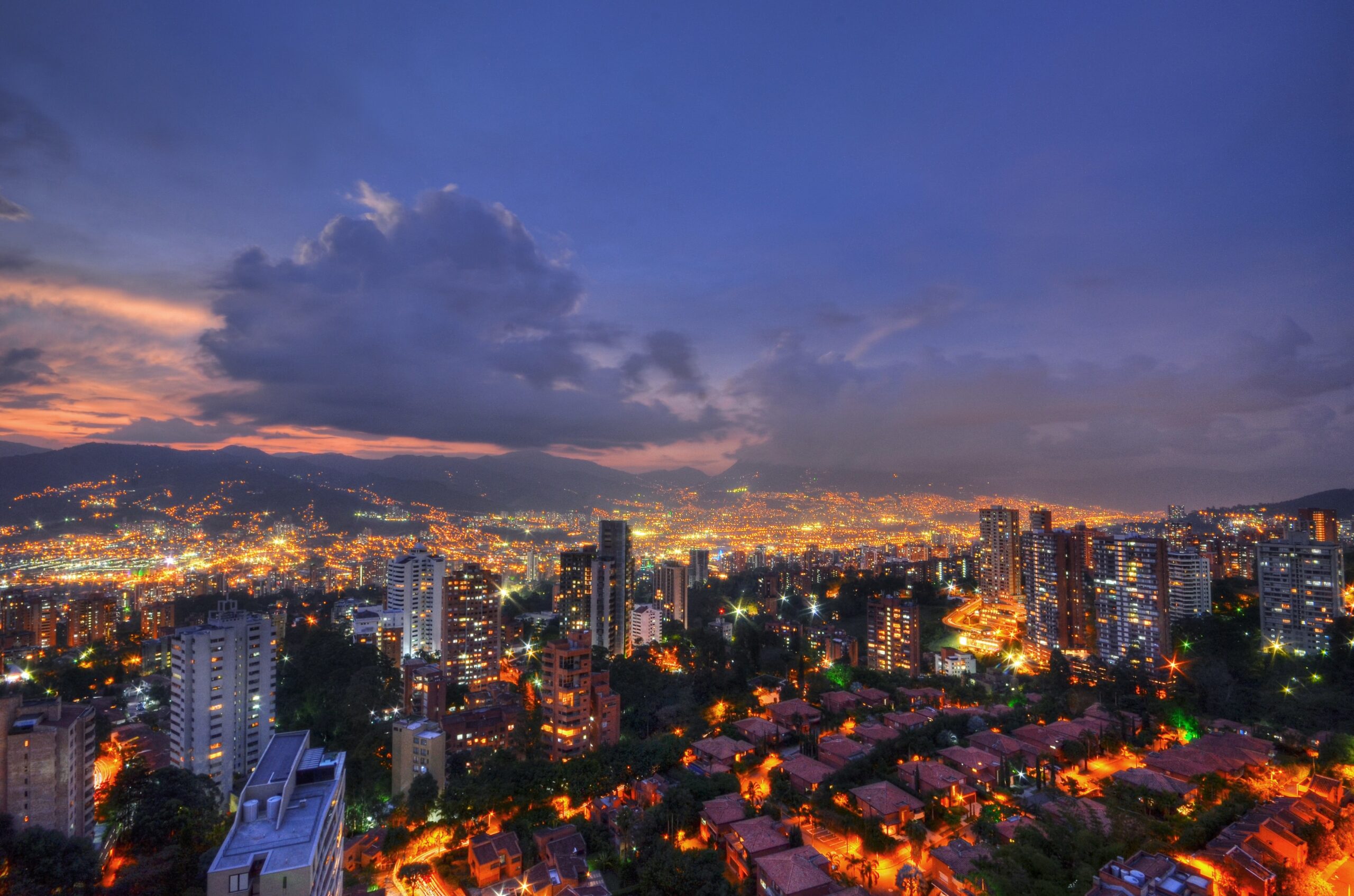
Why Medellin: With their brand new digital nomad visa allowing nomads to stay for up to two years, one shouldn’t overlook Colombia. Medellin is known among digital nomads as a place for coworking, meetings, and business as there’s a good population of remote workers and travelers. It’s called the “City of Eternal Spring” because of its climate which is perfect for walking, traveling, and partying. Some nomads are wary of its unsafe reputation but Medellin is a relatively safe city. The geography is stunning with mountains surrounding the flat middle of the city and cable cars reaching suburbs on the perimeter.
Cost-of-living per month: Starts at $1,000 per month
Crime Rate: 51.99 (Moderate)
What’s in Medellin: Medellin has the right infrastructure digital nomads need–a fast and reliable WiFi connection, coworking spaces, public transportation system, and sunny but warm weather. When you’re done working and connecting, you can tour the city and discover its culture with food, people, concerts, and nightlife.
Pro Tip: Not sure where to go? Head to “Selina Medellin & Cowork”, where you will be in the middle of a stunning neighborhood, and in a beautiful hotel that includes coworking.
5. Buenos Aires, Argentina

Why Buenos Aires: If you’re looking for a place with rich local culture and vibrant nightlife, Buenos Aires is the place to go! Since it’s a popular digital nomad destination, you’ll find lots of co-working and co-living spaces in the city.
Cost-of-living per month: Starts at $1,400 per month
Crime Rate: 74.82 (Very High)
What’s in Buenos Aires: With its low cost of living, vibrant local culture, and strong digital nomad community, Buenos Aires is a digital nomad paradise. When you’re not working, you can learn the tango. The crime rate is higher than the other locations on this list so keep that in mind and take precautions. Buenos Aires is also well connected with many other interesting Latin American destinations not far away.
6. Madeira, Portugal
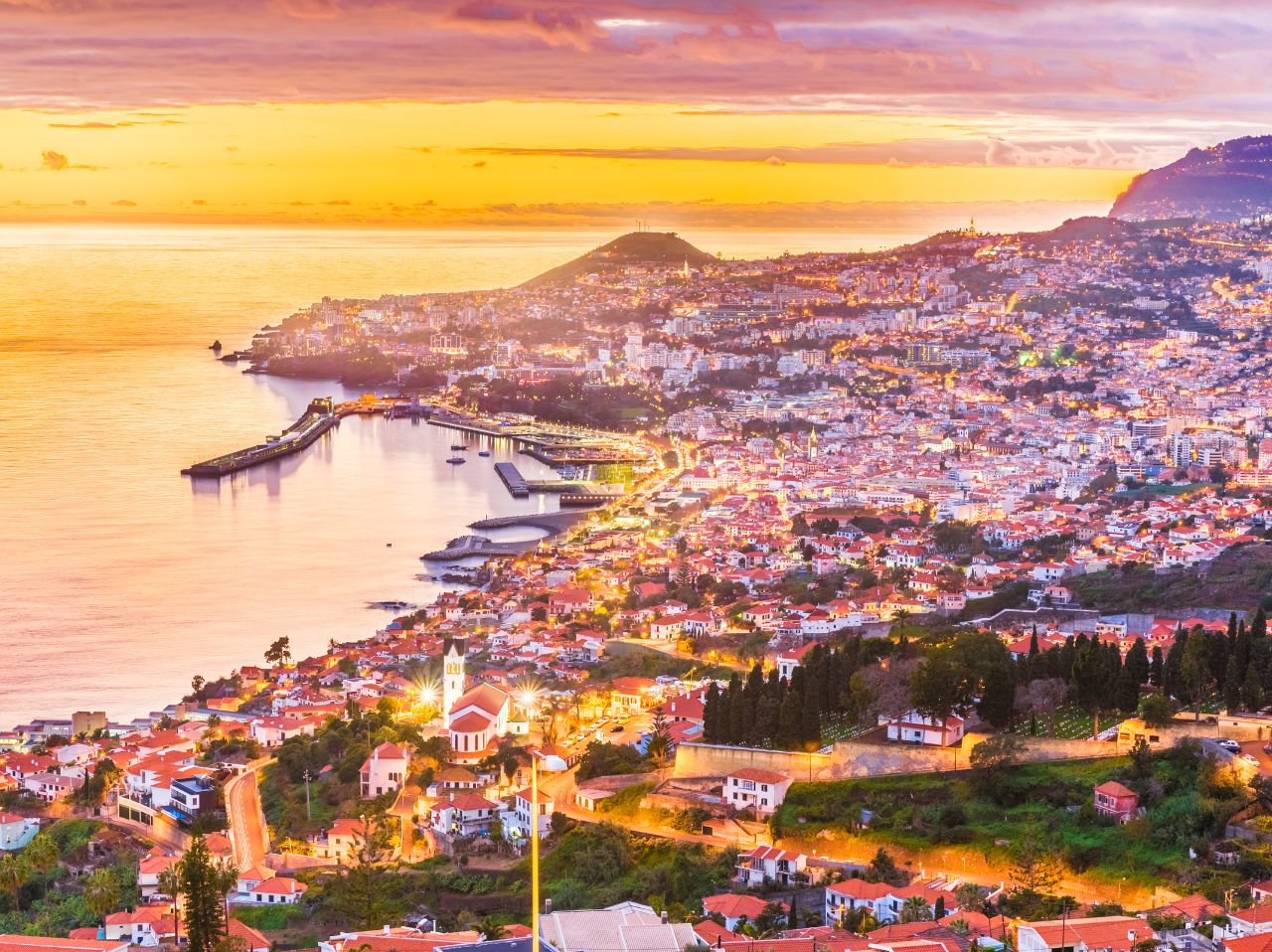
Why Medeira: Another digital nomad hub in Portugal is Madeira. They have a Digital Nomad Village supported by the local government so almost everything you need is there. Their villages have a variety of lifestyles so you can choose what neighborhood you want based on your personality and preferences!
Cost-of-living per month: starts at $1,600 per month
Crime Rate: 27.88 (Low)
What’s in Madeira: You won’t run out of things to explore in Madeira–from being a hiker’s heaven to being known as Atlantic’s Hawaii– you’ll be getting all the outdoor exercise you need. To experience the most out of Madeira, you need to immerse yourself in the food. That’s right, food! Each region has its own specialties so food is another adventure of its own.
7. Cape Town, South Africa
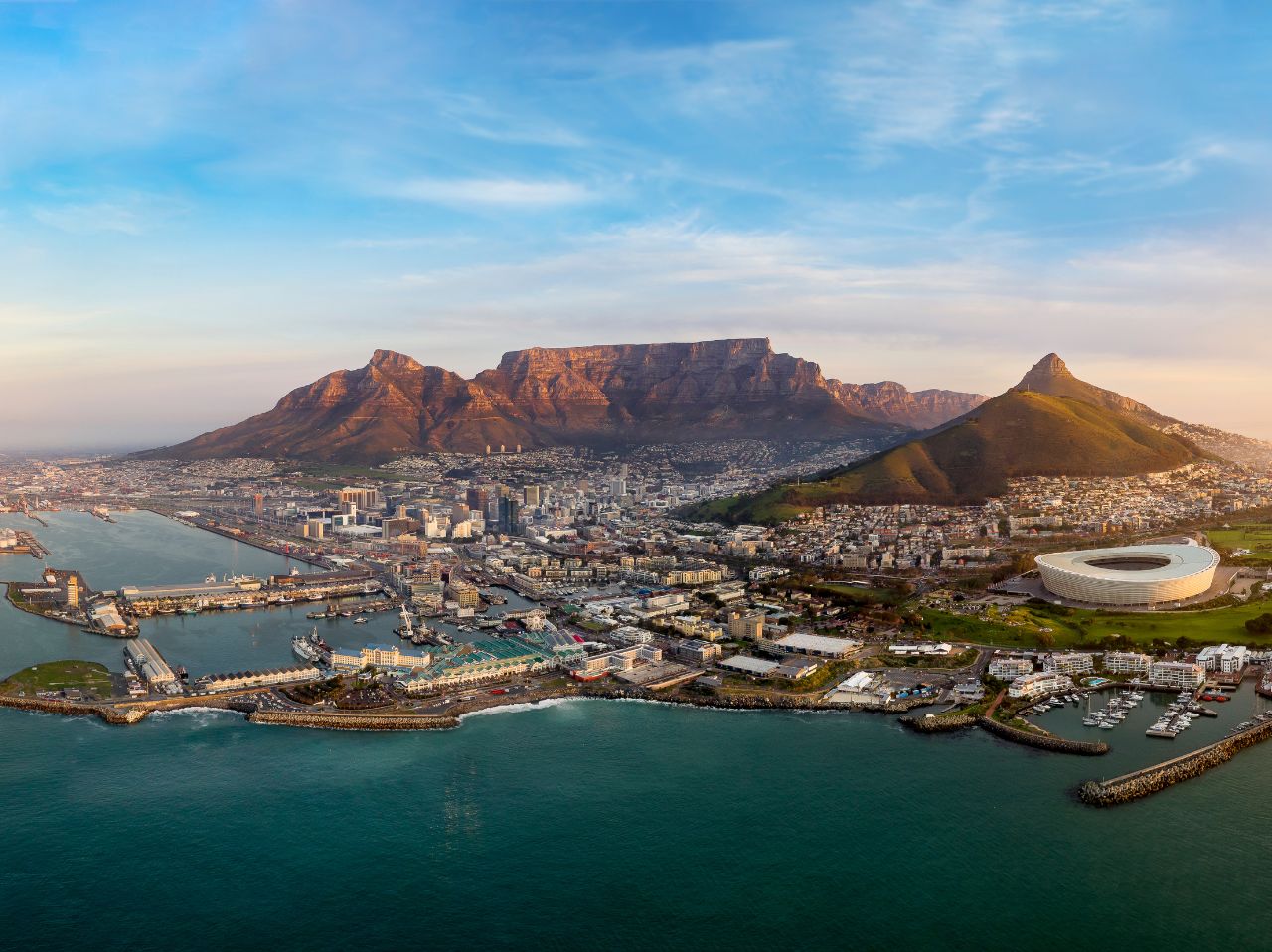
Why Cape Town: Surrounded by mountains and water, Cape Town is a renowned tourist destination that’s becoming one of the best cities in the world for digital nomads. They have good infrastructure and community for remote workers and even better beaches, climate, and food.
Cost-of-living per month: starts at $2,000 per month
Crime Rate: 89.93 (Very High). Keep in mind that there is a high crime rate, so research and take precautions.
What’s in Cape Town: “Cape Town is all about the atmosphere” and it’s true. Being surrounded by water and mountains, you’re not too far from nature. With their friendly locals and neighborhoods, you’ll not likely feel lonely. And most importantly, their recent developments are catering to young and newbie nomads so you’ll be well taken care of.
8. Penang, Malaysia
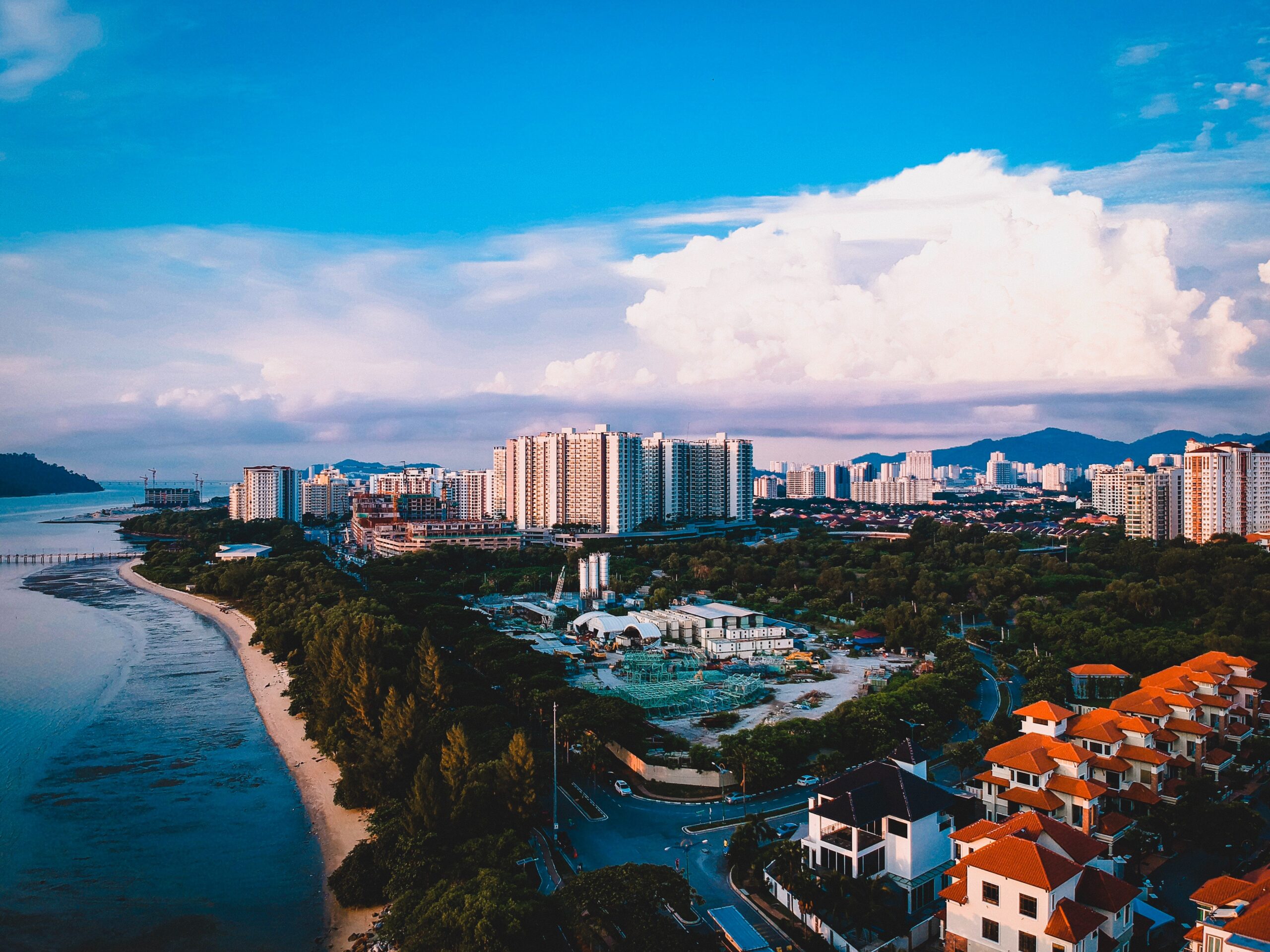
Why Penang: Penang is popular for its street food and low cost of living. You also get the best-of-both-worlds vibe with its island feel and developed city. Being close to Singapore and Thailand, it’s easy for you to visit other destinations in Southeast Asia.
Cost-of-living per month: Starts at $ 800 per month
Crime Rate: 30.85 (Low)
What’s in Penang: Penang is a different kind of adventure. If you’re more of a city person but still want to experience Malaysia’s culture, you can find street food, bars, Chinese temples, and mosques. If you’re into the outdoors and nature, you can swim on beaches and hike in mountains. You can truly get the best of both worlds.
9. Gran Canaria, Canary Islands, Spain
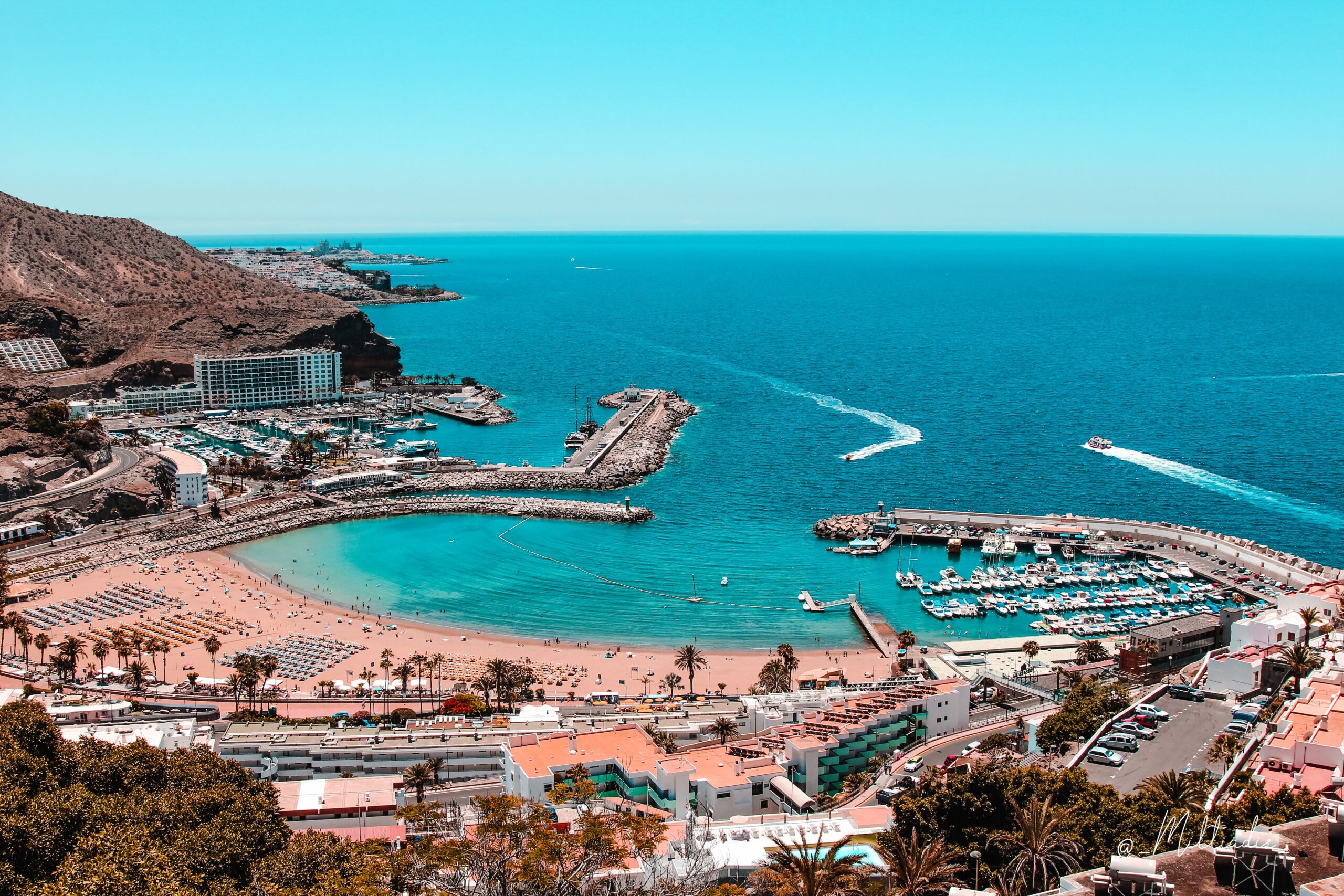
Why Gran Canaria: If you want to visit paradise, Gran Canaria is the place to go. In fact, it’s the most popular island in the Canary Islands of Spain for digital nomads to work. They have high-speed WiFi, friendly locals, and beautiful beaches so you can work and play at the same time.
Cost-of-living per month: starts at $1,400 per month
Crime Rate: 36.11 (Low)
What’s in Gran Canaria: Gran Canaria has one of the most beautiful beaches in the world, but there is also more to offer. To experience the best of Gran Canaria, you should immerse yourself in the culture, meaning food! Take it from us, one can never have too much paella and papas arrugadas.
10. Berlin, Germany
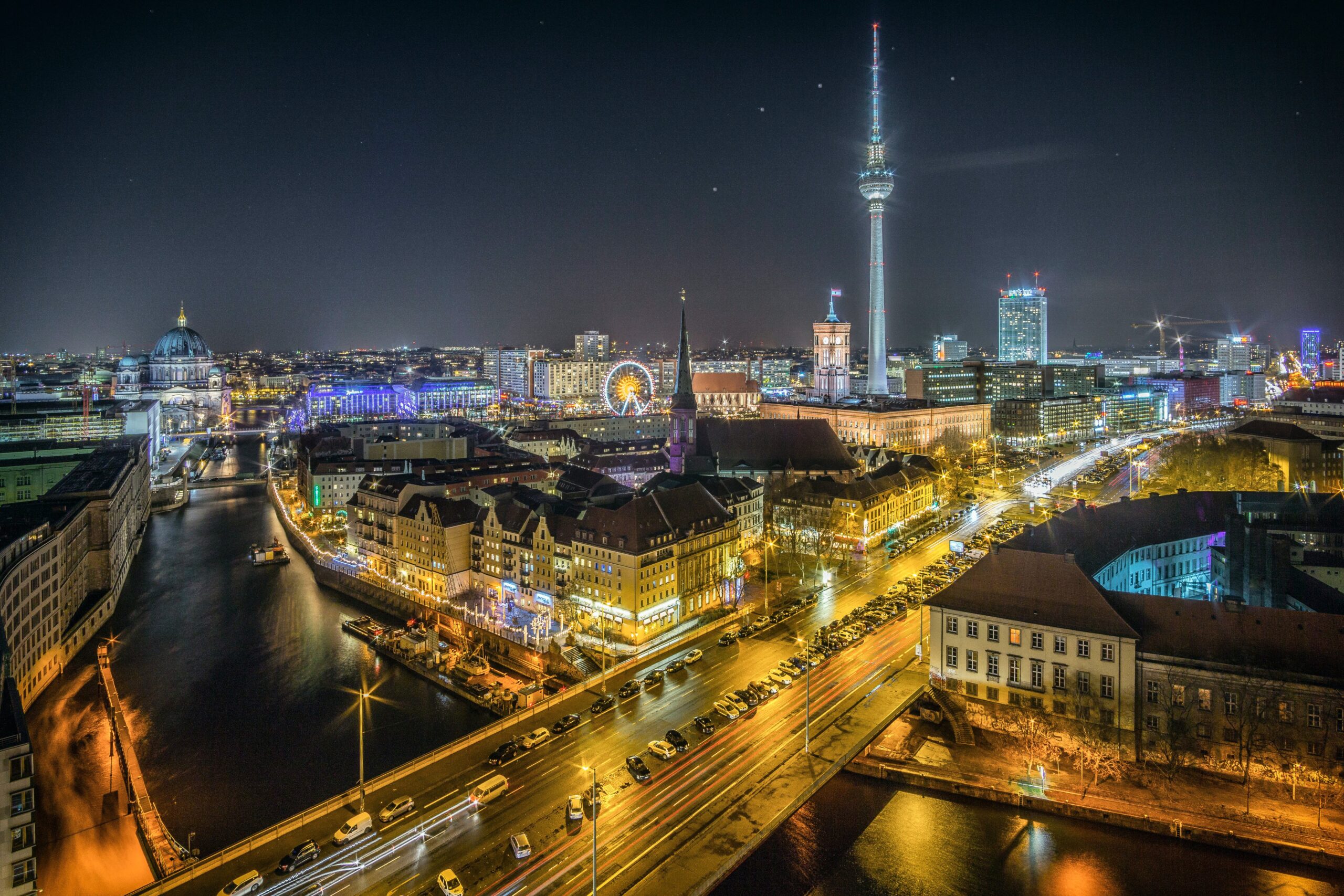
Why Gran Canaria: If you want to visit paradise, Gran Canaria is the place to go. In fact, it’s the most popular island in the Canary Islands of Spain for digital nomads to work. They have high-speed WiFi, friendly locals, and beautiful beaches so you can work and play at the same time.
Cost-of-living per month: starts at $1,400 per month
Crime Rate: 36.11 (Low)
What’s in Gran Canaria: Gran Canaria has one of the most beautiful beaches in the world, but there is also more to offer. To experience the best of Gran Canaria, you should immerse yourself in the culture, meaning food! Take it from us, one can never have too much paella and papas arrugadas.

Honorable Mentions
● Bangkok, Thailand
● Buenos Aires, Argentina
● Mexico City, Mexico
● Timisoara, Romania
● Bengaluru, India
● Istanbul, Turkey
● Kuala Lumpur, Malaysia
● Ko Pha Ngan, Thailand
● Tbilisi, Georgia
● Ho Chi Minh City, Vietnam
Hundreds of Hotspots
There are hundreds of digital nomad hotspots in 2023, due to the rise of remote work. So all the infrastructure you need–WiFi, community, and affordable cost of living–are all easy to find. What you need to ask yourself is “what kind of fun do I want and where do I find it?”. That’s how you find the perfect nomad destination for you.











